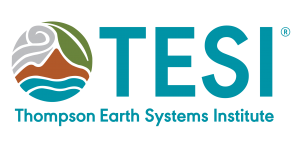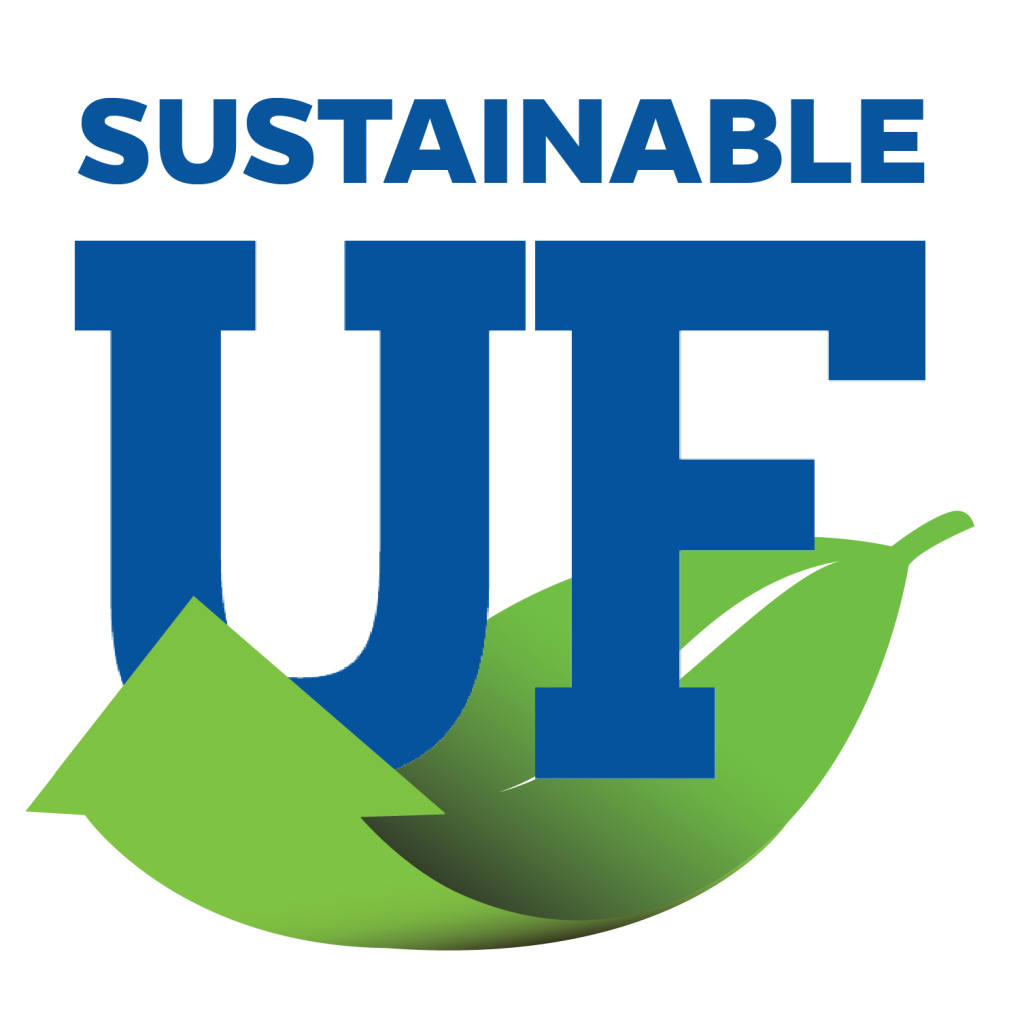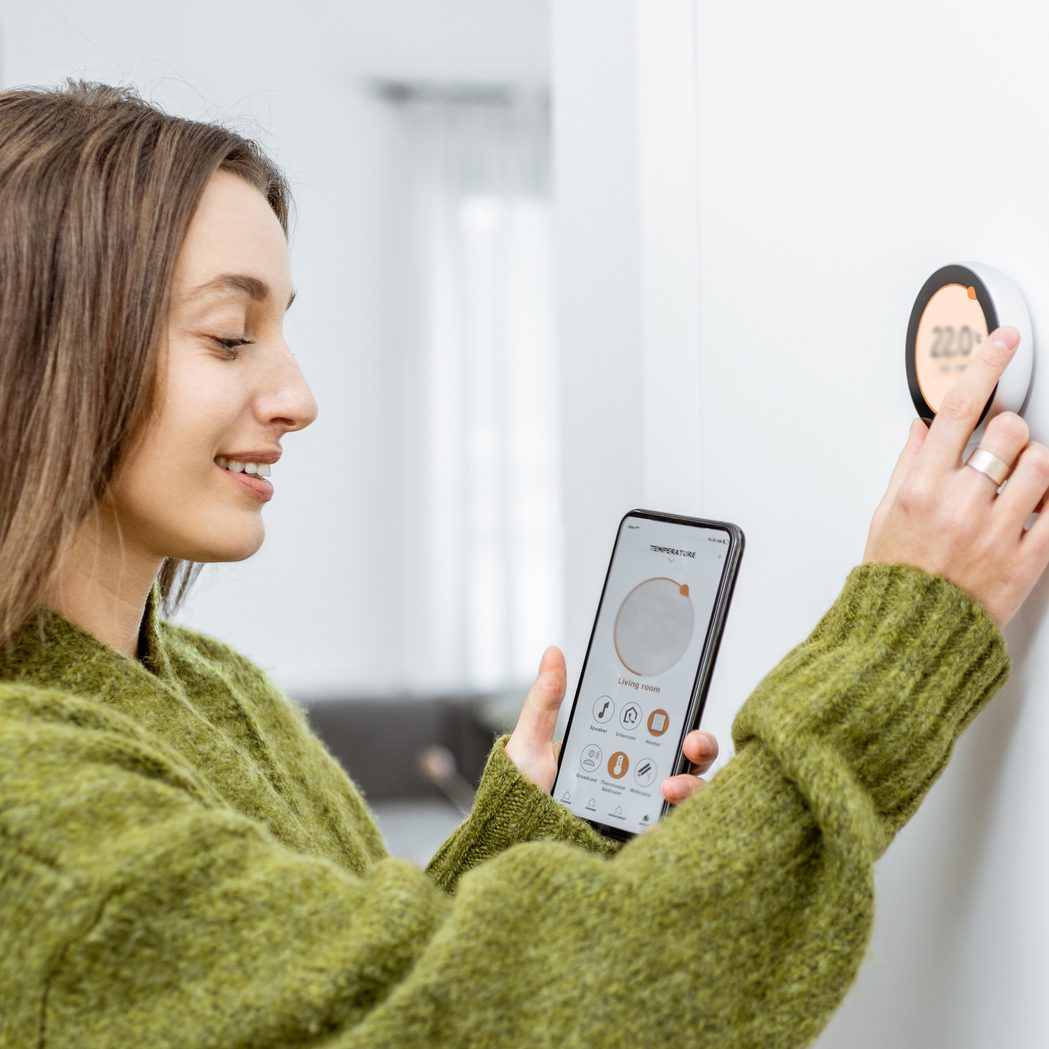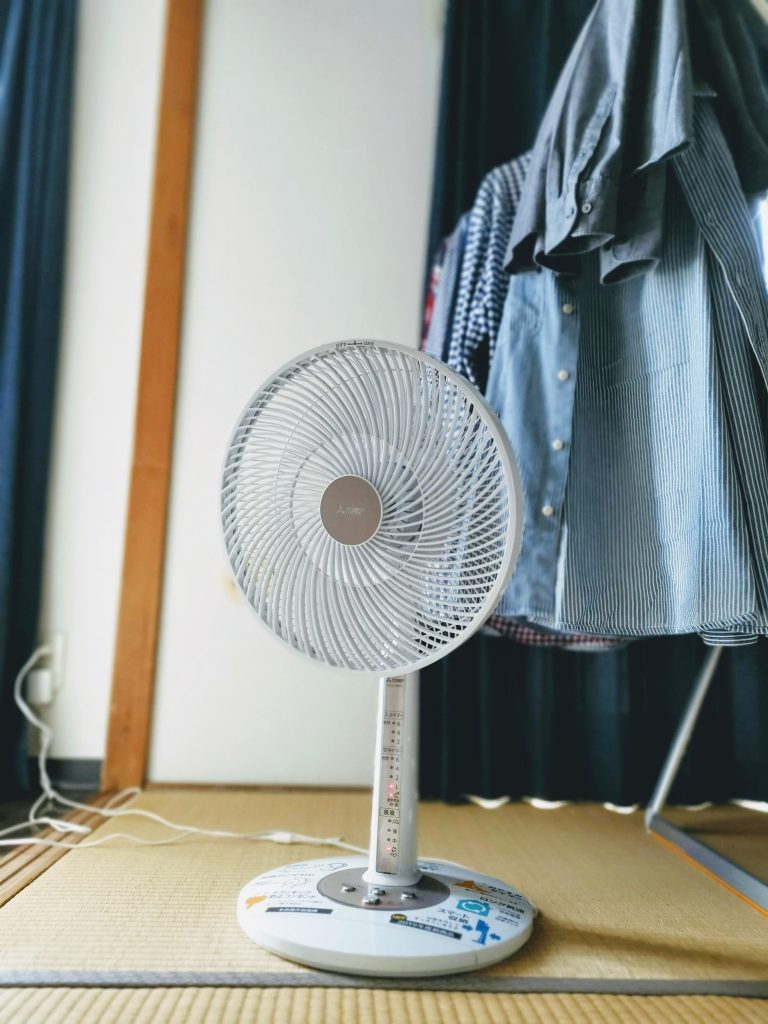

June 2021
Written by Natalia Turkel, Office of Sustainability Communications Assistant
In collaboration with the UF Thompson Earth Systems Institute.

One small but significant step to improve energy efficiency and save money this summer is to make sure that your thermostat is set to optimal settings for comfort and efficiency. You can also look at improving system efficiency by assessing your A/C system and replacing/cleaning air filters.
Hello everybody! Natalia here, Communications Project Assistant for the Office of Sustainability. Summer is right around the corner and I’m already loving the warm days and balmy nights we’ve been having. Warmer weather comes with plenty of fun activities but also increases our need to stay cool, especially during the hottest times of the day. This month, I’ve researched how to optimize your thermostat settings to keep cool during summer without burning a hole through your wallet. I’ll share my findings below!
Optimal Settings: What are they?
Your optimal AC settings will vary depending on where you live; the recommendations for AC settings in Florida will look different from AC settings in another state such as Oregon because of the climate. The general recommendation is to keep the difference between indoor and outdoor temperatures small. The smaller the difference, the lower your overall cooling bill will be.
Another general recommendation to save money on your energy bill is to keep your house warmer when you are not home, and set the thermostat to a cooler temperature when you are home and are using it to cool yourself down. The U.S. Department of Energy recommends setting the thermostat at 78°F when you are home, but they also mention that this temperature is dependent on where you live and how comfortable you are in these temperatures. Every house and person varies!
The Department of Energy also recommends avoiding setting your thermostat at a colder setting than normal when you turn on your AC. Setting your AC temperature at a colder setting will not cool your home faster and can become an unnecessary expense. Try turning on a fan instead!
Become a fan of fans!

Using your ceiling fan and air conditioner together can save you a lot of money. Unlike AC, fans do not make a room cooler, they only cool the people in it. The breeze from your fan disrupts the stagnant layer of air that surrounds your body. This stagnant layer of air is like being wrapped by a blanket, and prevents heat loss. Fans create air flow in a room and disrupt the stagnant layer of air, letting your body release heat much faster and make you feel cooler without lowering the AC temperature. To save energy while using the fan:
- Keep in mind that energy savings come from turning up your thermostat, not from using the fan! The fan is meant to compensate for a higher AC temperature.
- Turn up your thermostat and keep the fan on at the same time. If you keep your thermostat at the same cool temperature and turn on your fan, you’ll be using more energy than if you weren’t using the fan. According to the US Department of Energy, a ceiling fan will allow you to turn your AC up 2-4 degrees while still feeling cool.
Home Adjustments:
If in Gainesville, connect with the Community Weatherization Coalition to get a Free Home Energy Tune-Up:
The CWC is a non-profit in Gainesville that helps people save energy and water and reduce their utility bills by engaging volunteers, building community, and learning together. In the Summer of 2020, the CWC launched the Do-it-yourself (DIY) Home tune-up program, equipping energy-burdened Alachua County residents with free supplies and steps to save water, energy, and money. They offer safe, socially-distanced, kit drop-off or pick-up options and provide the step-by-step diagrams, video links, and virtual coaching for the DIY-ers. You can apply easily online with this google form application. Or click to download a paper DIY application.
Check out one of the CWC videos on Window & Doors, or explore their library of helpful videos here: CWC Energy & Efficiency Tutorials.
If you’re not in Gainesville, don’t worry! You can research local energy tune-ups in your area, or follow some of the detailed recommendations below.
Quick Home Adjustments
- Close your blinds during the day. Keeping your blinds closed during the day will reflect heat radiating in through the windows. This is most important during the time of day where the sun’s rays shine directly on your home.
- Keep windows and doors closed when using AC.
- Change your AC filter once a month during summer months, if possible! Having dirt and debris in your AC filter makes your AC system work harder to keep the house cool. By changing your AC filter regularly, you are saving money by making your system more efficient and long lasting. Florida’s Public Service Commission recommends changing your AC filter once a month with heavy usage.
- Turn off lights when you leave a room, having lights on will warm up a room.
- If you have central AC, it’s recommended to keep interior doors open for air flow.
To summarize:
Whether you start with optimizing your thermostat or somewhere else, there are several ways to save energy in your home! Here are some of the main takeaways to help you get started on the June Action of the Month:
- The general recommendation is to keep the difference between indoor and outdoor temperatures small. The smaller the difference, the lower your overall cooling bill will be.
- The US Department of Energy recommends setting the thermostat at 78°F when you are home.
- Using your ceiling fan and your air conditioner together can save you a lot of money. Keep in mind that energy savings come from turning up your thermostat, not from using the fan! The fan is meant to compensate for a higher AC temperature.
- Visit the CWC or follow our quick home adjustments to make your home more energy-efficient.
For more resources and information about how you can contribute to a more sustainable campus and beyond, follow the UF Office of Sustainability on Facebook, IG, Twitter & TikTok (@SustainableUF).
UF Thompson Earth Systems Institute (@UFEarthSystems on Facebook, Twitter & Instagram).
Sources:
- https://www.directenergy.com/learning-center/recommended-thermostat-settings-summer
- https://www.youtube.com/playlist?list=PLNIrefQIw1sCHefpsPmTQ4r1HicLf2Equ
- http://www.psc.state.fl.us/Publications/SummerEnergyTips
